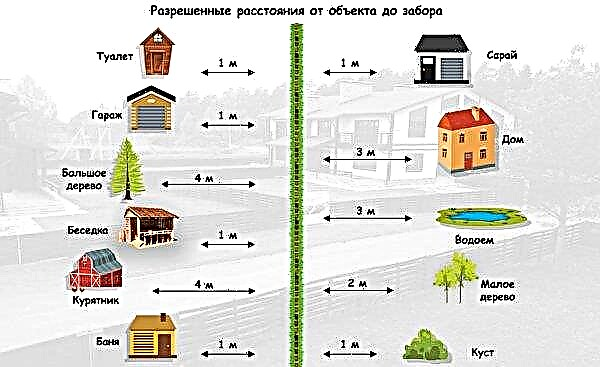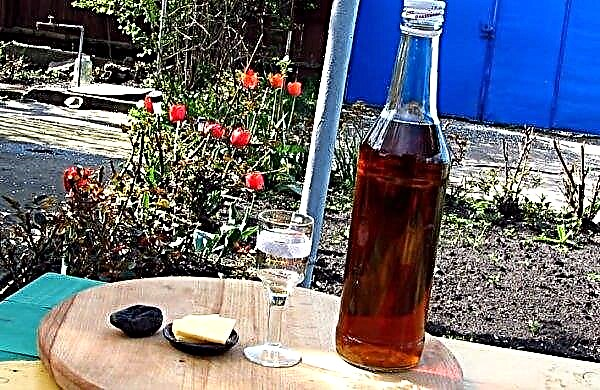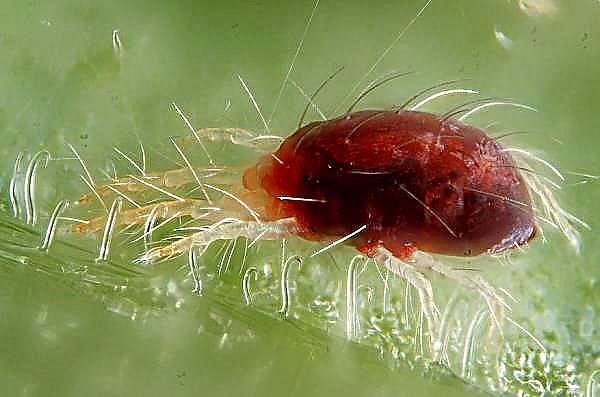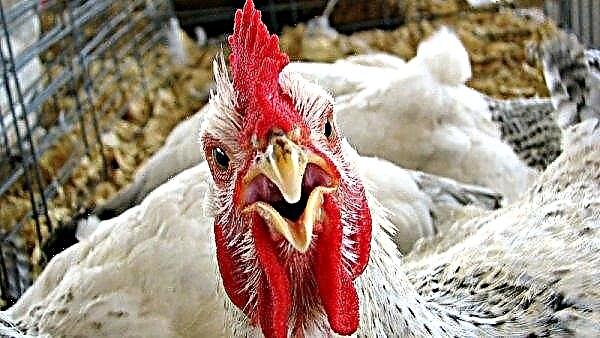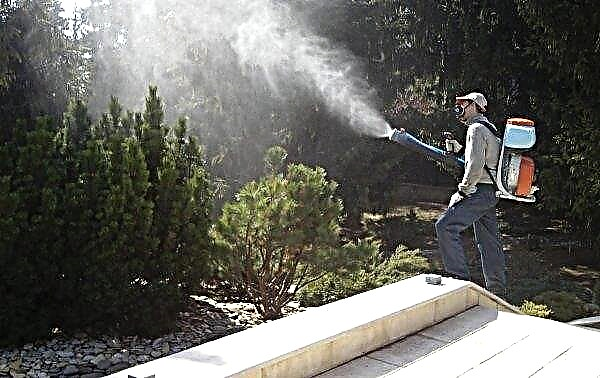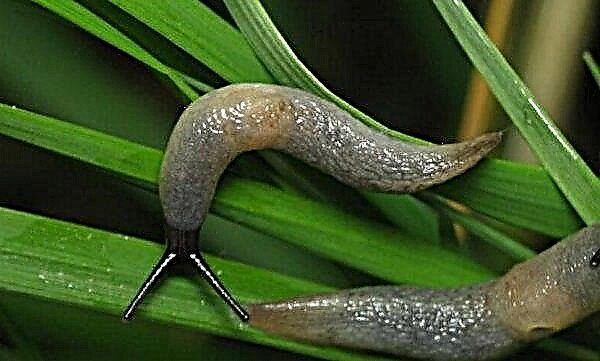In early spring, black patches of scorched earth, fire and puffs of smoke are a common sight for residents of villages and the private sector of cities. Arson often affects trees and shrubs, and harmful substances released during combustion get into the air.
The cause of dry grass arsons may be the desire to clean the area from tall weeds that needed to be harvested in the fall. But for this you need to hire people who would manually mow unwanted plants and pay them, but just set it on fire will be faster and free. In early spring, arson is not very scary, as cultivated plants are still green. It is more dangerous if the fire spreads to planting or bread, says Igor Gai, the owner of the Kalinsky Klyuch PE from Khmelnytsky region.
Peasants do not see any trouble in burning dry grass. They believe that this is beneficial to nature, fertilizing the soil with ashes. A farmer Nikolai Malienko from the Kiev region tells how in childhood he went to burn grass with his grandfather and brother on an area of more than 50 m in diameter. In the summer, juicy green grass grew on this place. Ashes turned into nutrients and fertilized the soil, Nikolai believes. Scientists see the situation with arson grass in a completely different way. Is it true that ashes serve as fertilizer for the earth? On the one hand, ash contains a lot of inorganic salts and trace elements, and on the other hand, organics burn out during the burning of grass. For soil, this has the same consequences as for humans, the consumption of vitamins in only one of the five groups, says Andrei-Taras Bashta, senior researcher at the Institute of Ecology of the Carpathians of the National Academy of Sciences of Ukraine.
If there is no organic matter, soil microorganisms begin to eat humus. The average humus content in the soil of Ukraine is approximately 5.5%, and 30 years ago this figure reached 7%. During a fire, 1-2 cm of soil is burned. The restoration of 1 cm of the topsoil will take 100 years, explains Oksana Tonkha, Dean of the Agrobiological Faculty of the National University of National Economy and Public Administration of Ukraine. During the burning of grass, pests, weeds and pathogens die. But after 3-5 years of such practice, the soil will lose water and air exchange. In addition, harmful substances (benzopyrene, carcinogen, dioxins) are released during the combustion process. It is especially dangerous to burn grass growing near the roadway.
During its lifetime, vegetation accumulates heavy metals and carcinogens from exhaust gases. When burned, all of these substances get into the air, Oksana Tonha says. The fire kills not only weeds, but also rhizomes, tubers and stems of spring plants. At the same time, not all weeds can be removed by burning. So, wheat grass has such powerful roots, which are not afraid of fire. The birds that build nests on the ground, such as seagulls and larks, die from arson. Ornithologist Natalia Atamas doesn’t get around trouble and hares, as well as wild pigs that perish in the fire, scientists advise not to burn grass, but mow it and compost. Today, the fine for setting fire to grass is 340 UAH.

